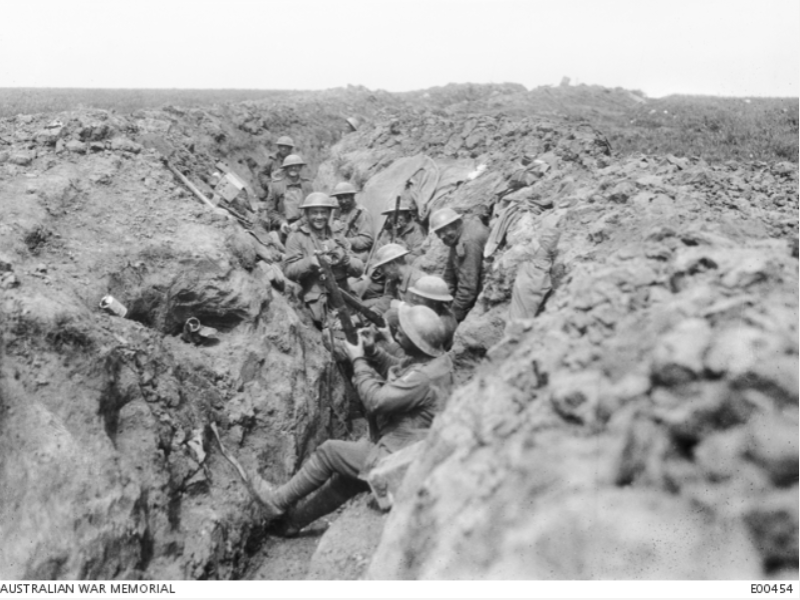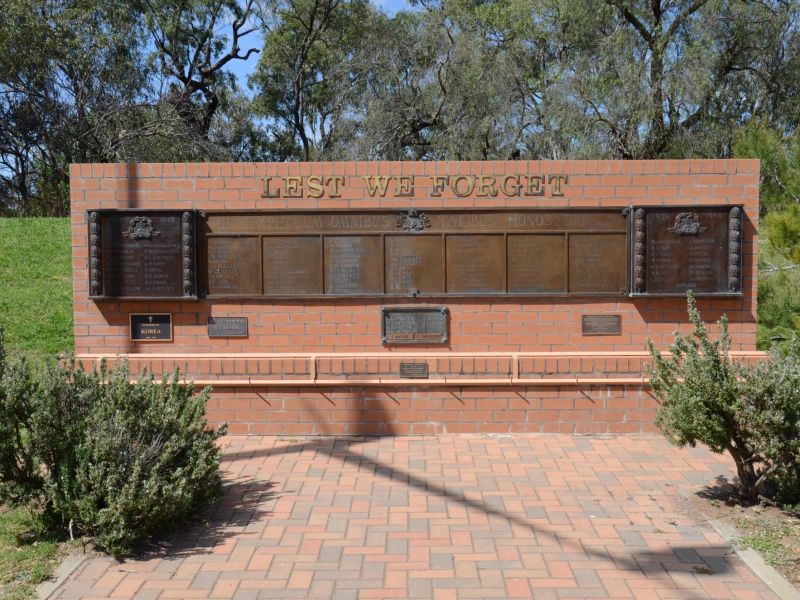Private Edward Laurence Curran, 24th Battalion, AIF
Edward “Ted” Laurence Curran was born in 1877 in Horsham, Victoria to Michael and Brigid Curran. He attended school in the nearby town of Pimpinio, and later, became a farmer in the district.
In October 1899, war had broken out in South Africa between the two Boer republics and the British Empire. Curran enlisted in the 7th Battalion, Australian Commonwealth Horse, in May 1902. The Australian Commonwealth Horse was the first Australian – rather than colonial – unit to serve overseas.
However, by the time Curran arrived in South Africa in mid-June, the Treaty of Vereeniging had been signed and the war was over. His battalion returned to Australia shortly afterwards but Curran chose to stay on in South Africa, where he joined the South African Constabulary.
The South African Constabulary had served in a military capacity during the war but in peacetime it transitioned to a civil policing role in the conquered former Boer republics. Curran spent three years in the constabulary and then returned to Australia.
In 1916, he was working as a farmer in Gilgandra, New South Wales. In September, he travelled to Dubbo to enlist in the Australian Imperial Force. He undertook a brief period of training before embarking on the Argyllshire at the end of October.
Arriving in England in January 1917, Curran continued training at the army camps on Salisbury Plain. After ten days in hospital with influenza in February, he sailed to France and joined his unit, the 24th Australian Infantry Battalion.
Earlier in the year, German forces had conducted a strategic withdrawal to a strongly-held position known as the Hindenburg Line. Before Curran arrived in France, some Australian units had been involved in a failed assault on the occupied French village of Bullecourt, north-east of Amiens. In May, the allied commanders again sought to capture the village.
On 3 May 1917, the second attack on Bullecourt began. The battle ran for two weeks but the 24th Battalion was only involved in the fighting on this opening day.
It suffered almost 80 per cent casualties. Among the dead was Edward Curran. He had been with his unit in France for less than a month. He was 39 years old.
Curran was buried in Queant Road Cemetery in northern France, where more than 2,300 Commonwealth soldiers of the First World War are buried or commemorated.
Two of Curran’s brothers also served in the war. Driver Michael Joseph Curran of the 3rd Field Artillery Brigade enlisted in 1914 and returned to Australia due to illness in May 1918. Private Francis Austin Curran of the 38th Battalion enlisted in 1916 and was badly wounded in the leg at Messines in June 1917. He recovered in hospitals in England before returning to Australia in June 1918.
Thomas Rogers, Historian, Military History Section
Image: Australians in the second line of the trenches before Riencourt (near Bullecourt), in May 1917, cleaning their rifles in readiness for an attack.

 Australian War Memorial
Australian War Memorial